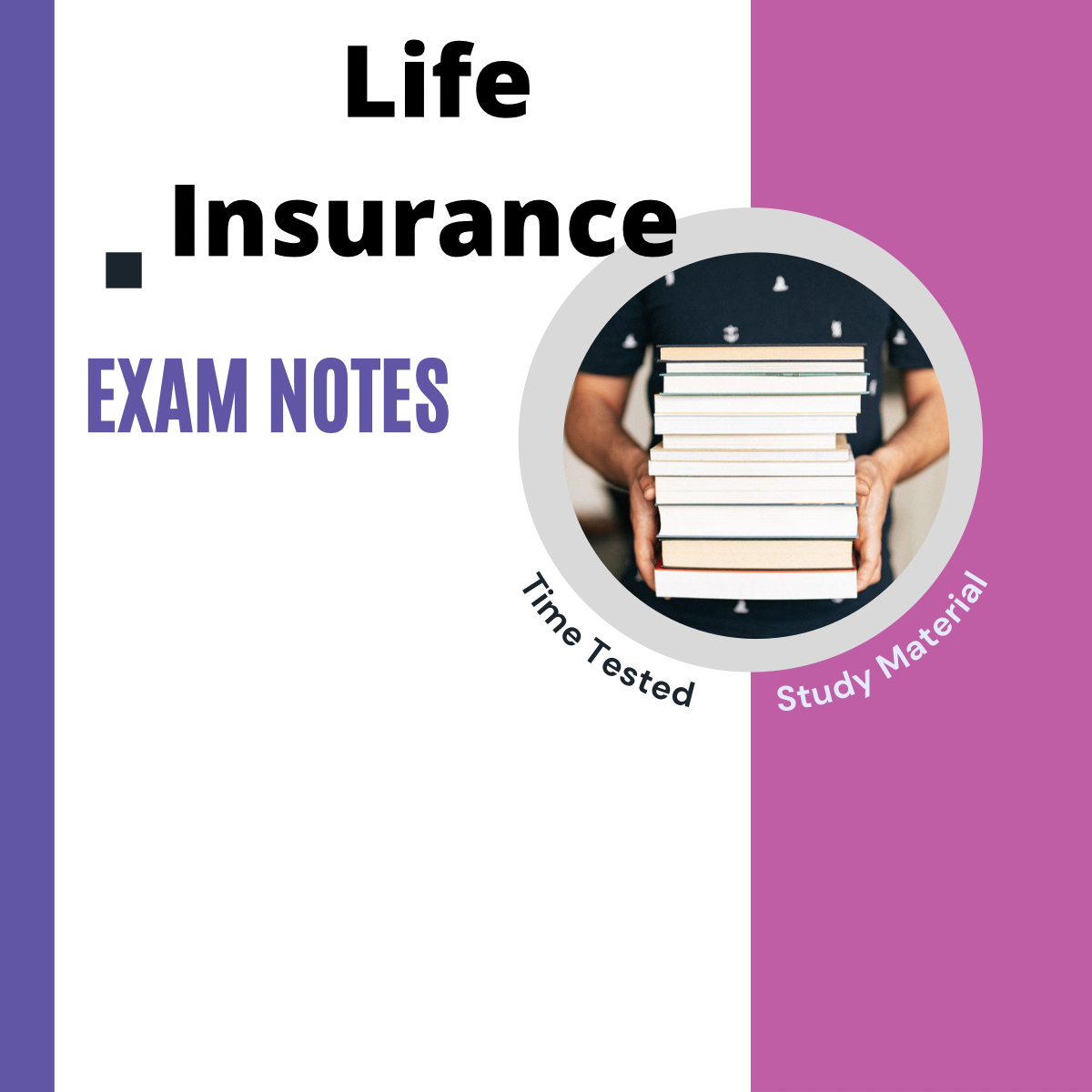Pacific Prime for Beginners
Wiki Article
The Pacific Prime Statements
Table of ContentsThe Main Principles Of Pacific Prime Everything about Pacific PrimeThe Facts About Pacific Prime RevealedAll about Pacific PrimeGetting The Pacific Prime To Work

This is since the information were collected for a period of solid economic performance. Of the approximated 42 million individuals who were without insurance, almost about 420,000 (regarding 1 percent) were under 65 years old, the age at which most Americans end up being qualified for Medicare; 32 million were grownups between ages 18 and 65, around 19 percent of all grownups in this age group; and 10 million were kids under 18 years old, about 13.9 percent of all children (Mills, 2000).
These quotes of the variety of individuals uninsured are produced from the yearly March Supplement to the Existing Populace Study (CPS), conducted by the Census Bureau. Unless or else kept in mind, nationwide price quotes of people without medical insurance and percentages of the populace with various kinds of coverage are based on the CPS, the most commonly utilized source of quotes of insurance policy protection and uninsurance prices.
Pacific Prime - Questions

Still, the CPS is especially useful since it produces yearly price quotes fairly swiftly, reporting the previous year's insurance coverage approximates each September, and since it is the basis for a constant set of price quotes for even more than twenty years, enabling evaluation of patterns in protection over time. For these factors, in addition to the substantial use the CPS in various other research studies of insurance policy protection that exist in this report, we rely upon CPS quotes, with limitations kept in mind.

The quote of the number of without insurance people increases when a population's insurance standing is tracked for several years. Over a three-year duration beginning early in 1993, 72 million individuals, 29 percent of the U.S. https://pacific-prime.jimdosite.com/. population, lacked coverage for a minimum of one month. Within a solitary year (1994 ), 53 million individuals experienced a minimum of a month without protection (Bennefield, 1998a)
Six out of every ten uninsured adults are themselves used. Although functioning does improve the probability that one and one's household participants will certainly have insurance, it is not a warranty. Even participants of family members with 2 permanent wage earners have virtually a one-in-ten possibility of being uninsured (9.1 percent without insurance rate) (Hoffman and Pohl, 2000).
Pacific Prime Fundamentals Explained
New immigrants represent a substantial proportion of people without medical insurance. One analysis has associated a substantial portion of the recent growth in the size of the U.S. uninsured populace to immigrants that got here in the nation in between 1994 and 1998 (Camarota and Edwards, 2000). Current immigrants (those that came to the United States within the past four years) do have a high price of being without insurance (46 percent), however they and their kids represent just 6 percent of those without insurance policy nationally (Holahan et al., 2001).The relationship between medical insurance and access to care is well established, as documented later in this chapter. Although the relationship between medical insurance and health outcomes is neither direct neither straightforward, an extensive medical and health services study literary works web links medical insurance coverage to improved accessibility to care, much better high quality, and enhanced personal and populace health and wellness condition.
Degrees of analysis for analyzing the results of uninsurance. This conversation official statement of health insurance policy coverage concentrates mainly on the united state population under age 65 because basically all Americans 65 and older have Medicare or other public insurance coverage. It concentrates specifically on those without any type of health insurance coverage for any length of time.
The Of Pacific Prime
The issues faced by the underinsured are in some respects comparable to those encountered by the uninsured, although they are normally less extreme. Health and wellness insurance, nonetheless, is neither needed nor enough to acquire access to clinical services. The independent and straight effect of health and wellness insurance protection on access to health and wellness solutions is well established.
Others will certainly obtain the wellness care they require even without medical insurance, by spending for it expense or seeking it from providers who provide care complimentary or at very subsidized prices. For still others, medical insurance alone does not ensure invoice of treatment because of various other nonfinancial barriers, such as a lack of healthcare providers in their area, limited access to transportation, illiteracy, or linguistic and social differences.
What Does Pacific Prime Mean?
Formal research about uninsured populations in the United States dates to the late 1920s and very early 1930s when the Committee on the Expense of Medical Treatment created a collection of records regarding funding medical professional workplace check outs and hospital stays. This concern came to be significant as the varieties of clinically indigent climbed up throughout the Great Anxiety.Report this wiki page